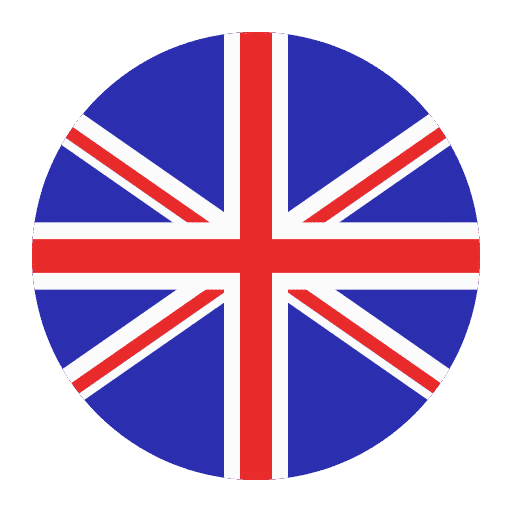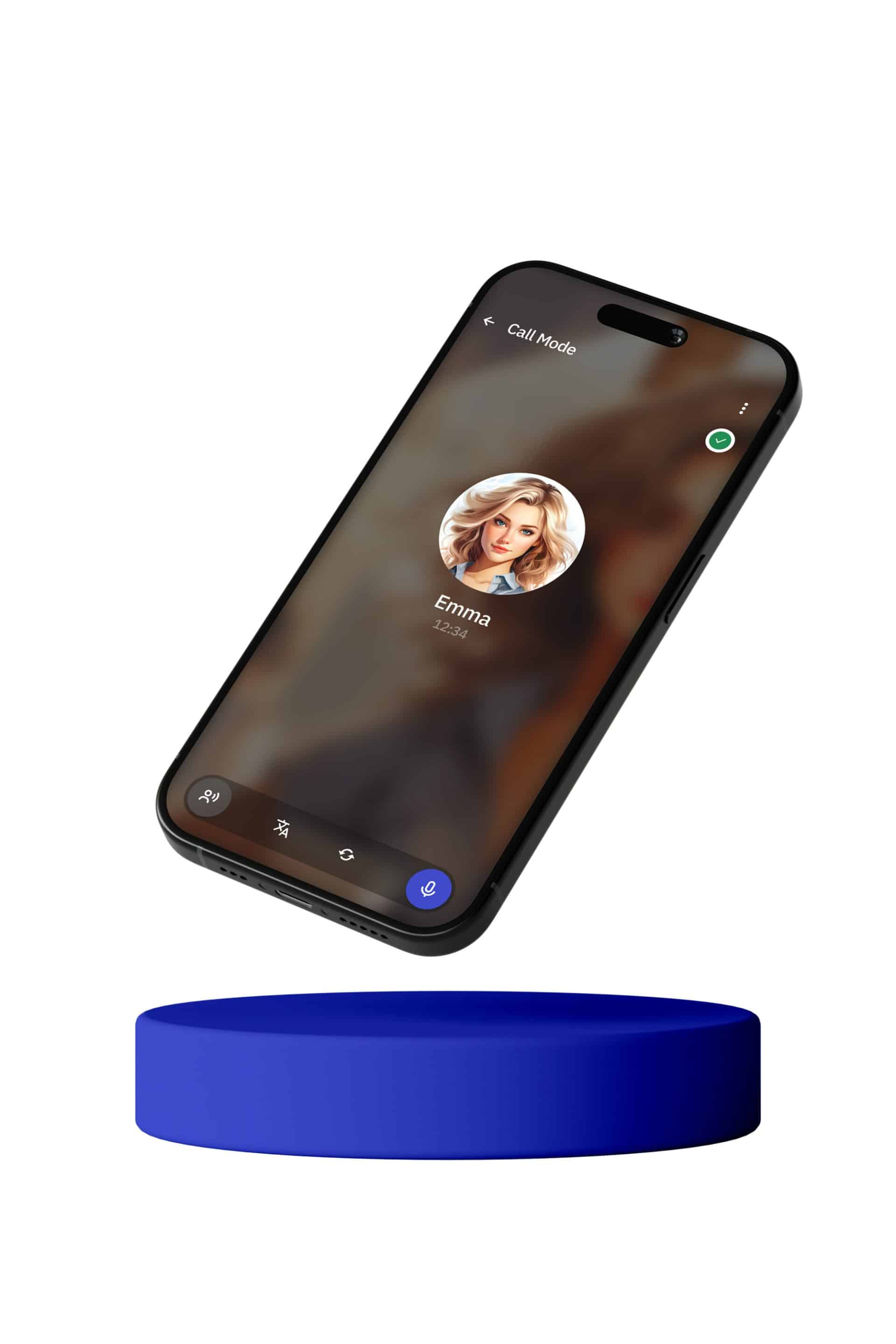When learning Indonesian, one of the key aspects that you’ll come across is the use of comparatives. Comparatives are essential because they allow you to describe differences between two or more items, people, or concepts. In Indonesian, the word “lebih” is crucial for forming comparatives. Understanding how to use “lebih” properly can significantly enhance your ability to communicate more effectively and naturally in Indonesian. This article will guide you through the nuances of forming comparatives with “lebih,” providing examples and explanations to ensure clarity and comprehension.
Understanding “Lebih”
“Lebih” is an Indonesian word that translates to “more” in English. It is used to make comparisons between two entities, indicating that one entity possesses more of a certain quality than the other. For example, if you want to say “more beautiful,” you would use “lebih cantik.”
Basic Structure
The basic structure for forming comparatives with “lebih” is quite simple:
– Lebih + adjective + daripada
Here’s a breakdown:
– “Lebih” means “more.”
– The adjective is the quality you’re comparing (e.g., “cantik” for beautiful, “besar” for big).
– “Daripada” means “than” and is used to introduce the second item in the comparison.
For example:
– “Dia lebih cantik daripada saya.” translates to “She is more beautiful than me.”
Examples of Comparatives with “Lebih”
Let’s look at some more examples to understand how “lebih” is used in different contexts:
1. “Rumah ini lebih besar daripada rumah itu.”
– This means “This house is bigger than that house.”
– “Lebih besar” means “bigger.”
– “Daripada” introduces the second house in the comparison.
2. “Anak itu lebih pintar daripada anak lainnya.”
– This means “That child is smarter than the other child.”
– “Lebih pintar” means “smarter.”
3. “Mobil ini lebih cepat daripada mobil itu.”
– This means “This car is faster than that car.”
– “Lebih cepat” means “faster.”
Comparatives without “Daripada”
In some cases, the word “daripada” can be omitted if the context is clear and the comparison is understood. For example:
– “Dia lebih cantik.”
– This simply means “She is more beautiful.”
– The comparison is implied and does not necessarily need “daripada” to be understood.
However, if you want to specify what you’re comparing, it’s always clearer to use “daripada.”
Contextual Clarity
While omitting “daripada” can make sentences shorter, it’s important to ensure that the context is clear. If the comparison isn’t obvious, it’s better to include “daripada” to avoid confusion.
For instance:
– “Saya lebih suka kopi.”
– This translates to “I prefer coffee” (literally “I more like coffee”).
– The comparison is implied (coffee over something else, such as tea).
Using “Lebih” with Nouns
Although “lebih” is most commonly used with adjectives, it can also be used with nouns to indicate a higher quantity or degree of something.
For example:
– “Saya punya lebih banyak buku daripada kamu.”
– This means “I have more books than you.”
– “Lebih banyak” means “more” in terms of quantity.
Quantitative Comparisons
Quantitative comparisons involve comparing amounts or numbers of items. Here are some examples:
1. “Dia makan lebih banyak nasi daripada saya.”
– This means “He eats more rice than me.”
– “Lebih banyak nasi” means “more rice.”
2. “Kami punya lebih sedikit waktu daripada mereka.”
– This means “We have less time than them.”
– “Lebih sedikit” means “less.”
Special Cases and Exceptions
While “lebih” is straightforward, there are some special cases and exceptions worth noting.
Irregular Comparatives
In English, some adjectives have irregular comparative forms (e.g., “good” becomes “better”). Indonesian does not have many irregular comparatives, but context can sometimes change how “lebih” is used.
For example:
– “Baik” (good) becomes “lebih baik” (better).
– “Buruk” (bad) becomes “lebih buruk” (worse).
Comparing Actions
When comparing actions, you can use “lebih” with verbs. However, the structure is slightly different:
– “Dia berlari lebih cepat daripada saya.”
– This means “He runs faster than me.”
– “Lebih cepat” is used with the verb “berlari” (to run).
Common Mistakes and How to Avoid Them
Learning a new language often involves making mistakes and learning from them. Here are some common mistakes learners make when using “lebih” and how to avoid them:
Omitting “Daripada” When Needed
One common mistake is omitting “daripada” when it’s necessary for clarity. Always ensure that your comparison is clear, especially when the context doesn’t make it obvious.
Incorrect: “Rumah ini lebih besar rumah itu.”
Correct: “Rumah ini lebih besar daripada rumah itu.”
Using “Lebih” with the Wrong Adjective Form
In Indonesian, adjectives don’t change form based on comparison, but learners might mistakenly try to alter the adjective. Always use the base form of the adjective with “lebih.”
Incorrect: “Dia lebih cantiker daripada saya.”
Correct: “Dia lebih cantik daripada saya.”
Practice Makes Perfect
The best way to master the use of “lebih” is through practice. Try creating your own sentences using the structure “lebih + adjective + daripada” and compare different things around you. Here are some practice exercises to get you started:
1. Compare two of your friends in terms of height.
– “Teman saya yang satu lebih tinggi daripada teman saya yang lainnya.”
– This means “One of my friends is taller than my other friend.”
2. Compare two books in terms of interest.
– “Buku ini lebih menarik daripada buku itu.”
– This means “This book is more interesting than that book.”
3. Compare two cities in terms of size.
– “Kota Jakarta lebih besar daripada kota Bandung.”
– This means “The city of Jakarta is bigger than the city of Bandung.”
Conclusion
Forming comparatives with “lebih” is an essential skill for anyone learning Indonesian. By understanding the structure and practicing regularly, you can enhance your ability to make clear and accurate comparisons. Remember to use “daripada” to introduce the second item in your comparison and ensure that your context is clear. With time and practice, using “lebih” will become second nature, allowing you to communicate more effectively and naturally in Indonesian.
Happy learning!







